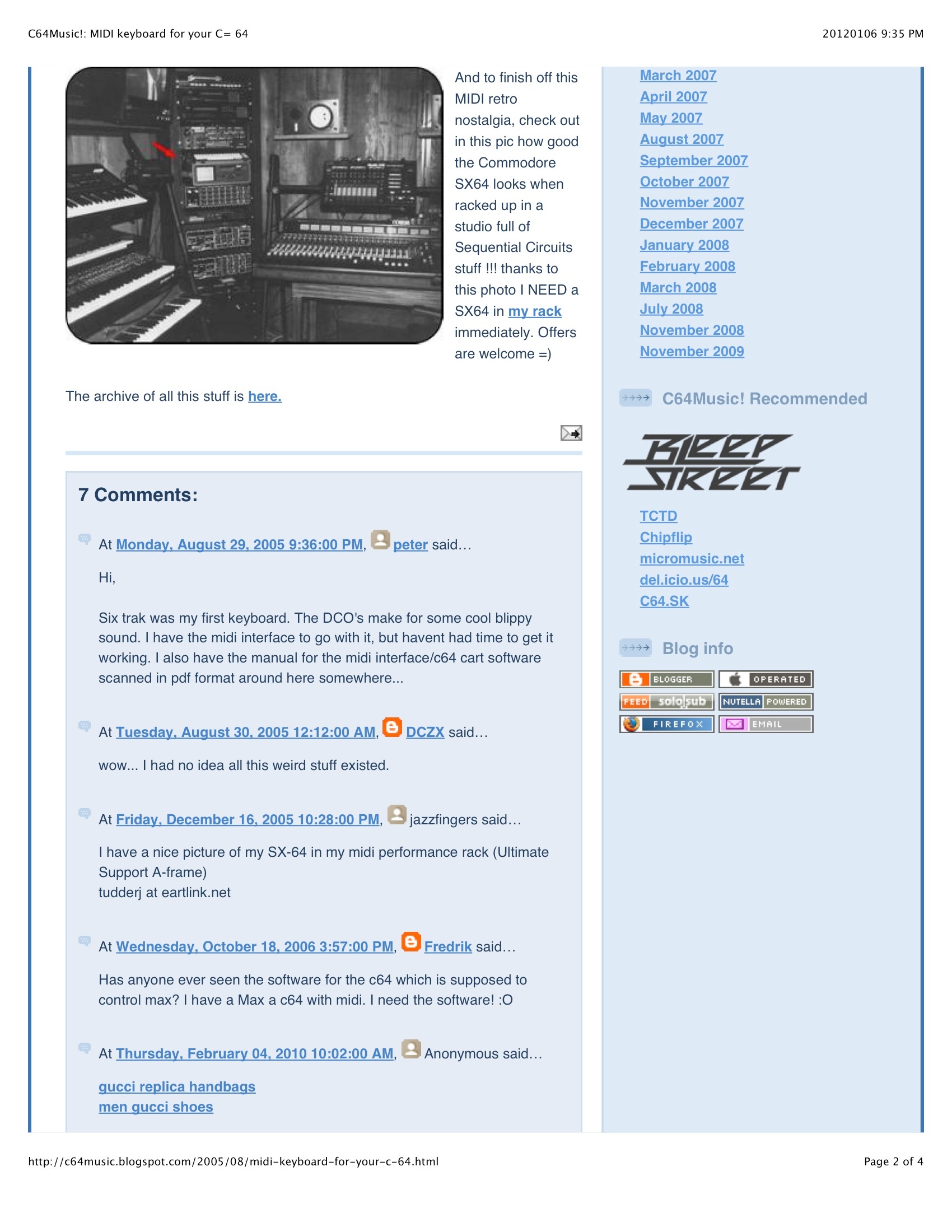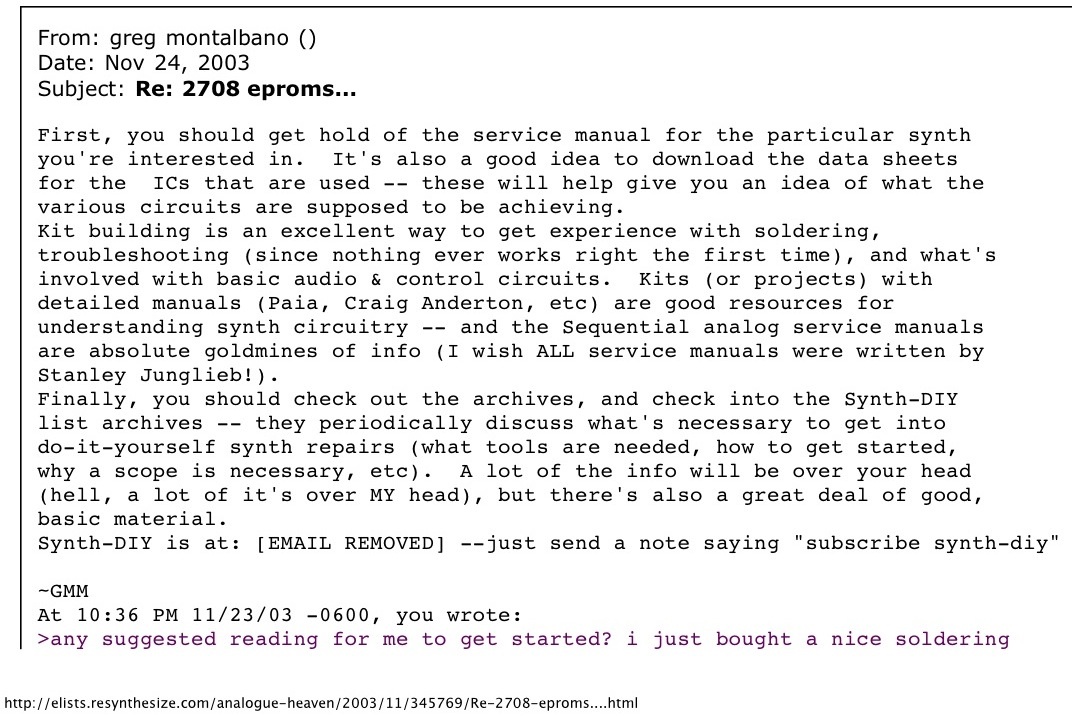Music Technology
EM Awards Reality’s “Game-Changing” Influence on Synthesis
By Stanley JungleibNo Comments“For 25 years, the Editors’ Choice Awards have recognized the best music production technology for artists, producers, and engineers. This year, in honor of our anniversary, we’re expanding our focus—in addition to honoring the year’s best new innovations, we’re also paying tribute to game-changing products that have shaped the way we make music.
Seer Systems Reality has been selected for a 2017 Electronic Musician Editors’ Choice Legacy Award.”
Deepest thanks to Electronic Musician, who similarly honored Reality’s release in 1998. The Legacy Award article appears in their forthcoming NAMM edition.
I began 1992 with several good clients and interesting projects, but by the second day of the year all of my most important thinking pivoted towards the nominally implausible, if not impossible, goal of securing a music synthesizer development contract with Intel. Picture, in effect, the smallest and largest computer companies in the world attempting to work together to utterly revise the means through which the computer would create sound, and how the elimination of the “sound card” would indeed play itself out in the industry throughout the 90’s. After my seminars in February, progress and commitments were made; roadblocks reached then breached; there were precipitous connections, deep mindshares, exemplary business conduct, a lot of good faith, until finally, on December 31, 1992—under pressure from a year-end fiscal program reset—the contract between Intel and my newly-formed Seer Systems was signed. Lesson One: It can take a year to get to the bottom line.
How did it go, and why does it matter? The invention of real-time software synthesis arising from decisions and strategies made throughout that preoccupied year created a technology so thoroughly ubiquitous it is hardly noticed. Almost without exception, you today listen on your computer, phone or PDA by way of software audio algorithms to program material that is in turn largely made by software audio editors and instruments. This lets popular audio take less space, less power, sport more flexibility, and occasionally even sound good—depending on how the designer allocates the local computing resources. Initially deployed within the operating system, laptops, then game boxes, phones with custom ring tones, and now, cloud-based distribution; all and more would not be possible without this invention of real-time, host-based synthesis. What exactly that means can be deliberately left vague for now, because the story in fact begins with neither Intel nor I knowing that actually was to become the vision for which we partnered.
Two decades allows me some liberty to disclose the strategies we employed to create this abundantly productive relationship, lasting for three years—before being cut short by their argument with Microsoft about control over the CPU’s vital interrupt mechanism. Seer Systems had created for Intel the technology which caused the industrial equivalent in brinksmanship of the Cuban missile crisis. In reality the issue was more subtle than prima facie tactical control of the CPU: the strategic question for Intel was actually how fast Microsoft’s developers could be encouraged to exploit all the processing power that Intel had begun forecasting, creating, and that had reached its initial statement in the Pentium.
The fact is, Microsoft did not demonstrate a real-time software synthesizer until well after that settlement with Intel within which all of Seer System’s Native Signal Processing code was transferred. Moreover, in the later 90’s Intel still called upon Seer to continue exerting pressure upon Redmond and the industry by exploiting new processor instructions for audio, and by supporting the release of SeerMusic (implementing my ‘274 patent). Continuously challenging their audio and music intransigence since 1993, admittedly my developments were intentionally designed to be unwelcome by Microsoft. This antipathy contributed much background to our eventual litigation.
Two decades also allows room for error and excuses, both to be guarded against; though to some degree within unprecedented creative developments—such as positioning Intel to credibly enter the synthesizer business—inexperience justifiably earns offset credits. In abundant cognizance that no one does anything like this entirely alone, I look forward to introducing several of the brilliant technical contributors to the effort which, after twenty years, as implausibly but strategically continues to this day.
Digital Fatigue in Music Diamond (200804), Jungleib (201109)
By Stanley JungleibNo Comments
Notes to come.


Tension Myositis Syndrome (TMS) by Dr. David Schecter [CD]
By Stanley JungleibNo Commentsinsert amazon discussion

